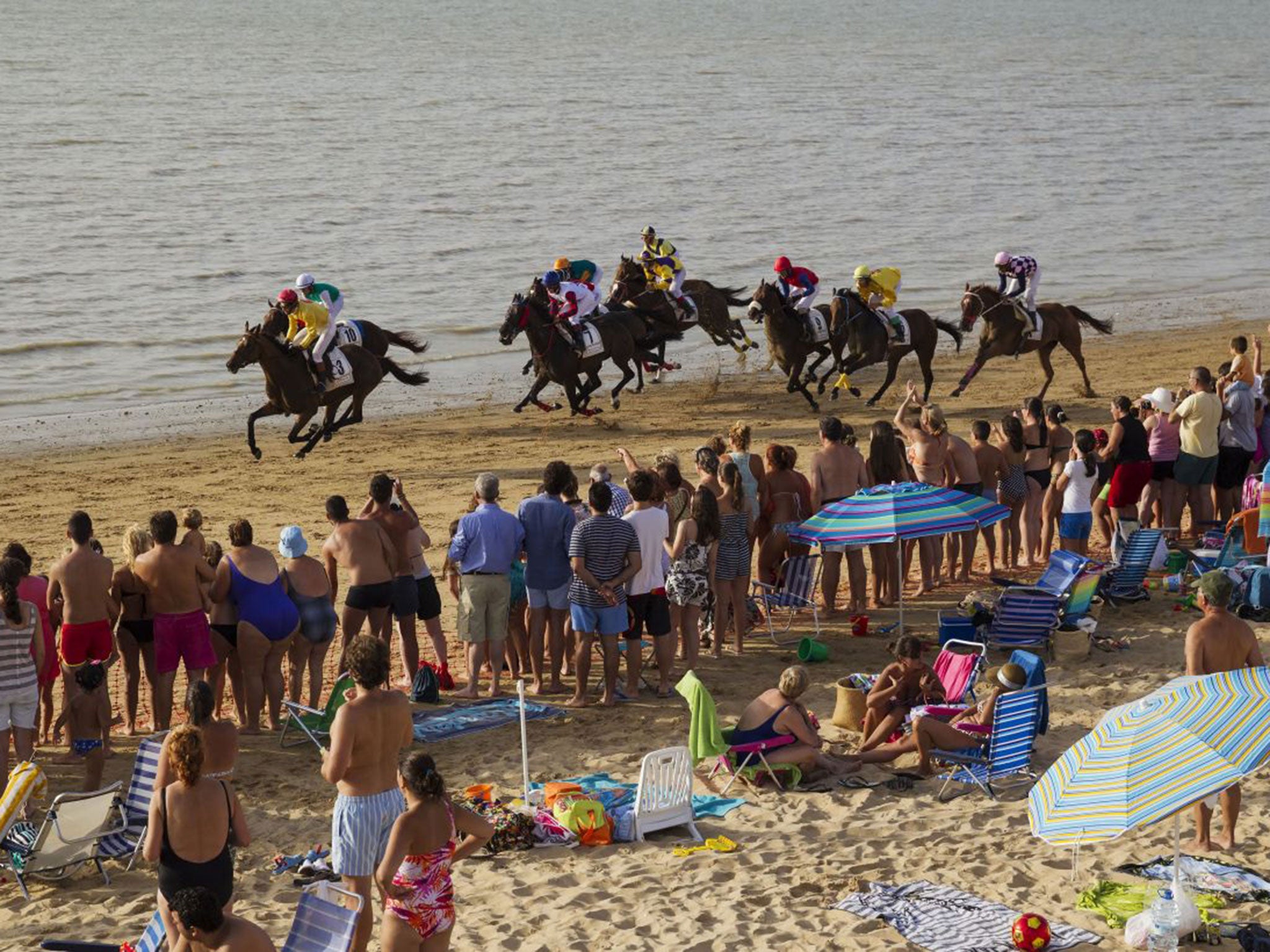
With a record total of 7.8 million foreign tourists in Spain this July, Andalusia’s Sanlúcar de Barrameda is surely one of the country’s last coastal towns where overseas visitors remain a minority.
In the town’s packed central Plaza de Cabildo square, all the newspapers in the one tiny newsagent’s and most of the café menus are in one language alone: Spanish.
Long after midnight, the crowds still squeezing into its ice-cream parlours show no sign of shrinking – but it is still rare to hear a word of English or German.
The reason for Sanlúcar de Barrameda’s enduring popularity with Spaniards is perhaps because its tourist tradition is deep-rooted in local history.
As long ago as the middle of the 19th century, Spain’s aristocracy would build summer villas there to enjoy the refreshing night sea breezes and sip on a cool glass of local sherry – more than a century before the nearby, better-known Costa del Sol became a mass foreign tourist destination. This August, Sanlúcar de Barrameda’s popularity shows no sign of decreasing.
On one side of the river Guadalquivir estuary, the dark lines of jungle-like trees in the Doñana national park stretch, as ever, silently into the horizon.
But on the opposite bank in Sanlúcar de Barrameda, the beaches remain equally densely packed – with gaudily coloured towels and parasols.
Every Friday August evening, though, sunbathers make space for another time-honoured Sanlúcar de Barrameda summer beach tradition: horse-racing.
Join our commenting forum
Join thought-provoking conversations, follow other Independent readers and see their replies
Comments